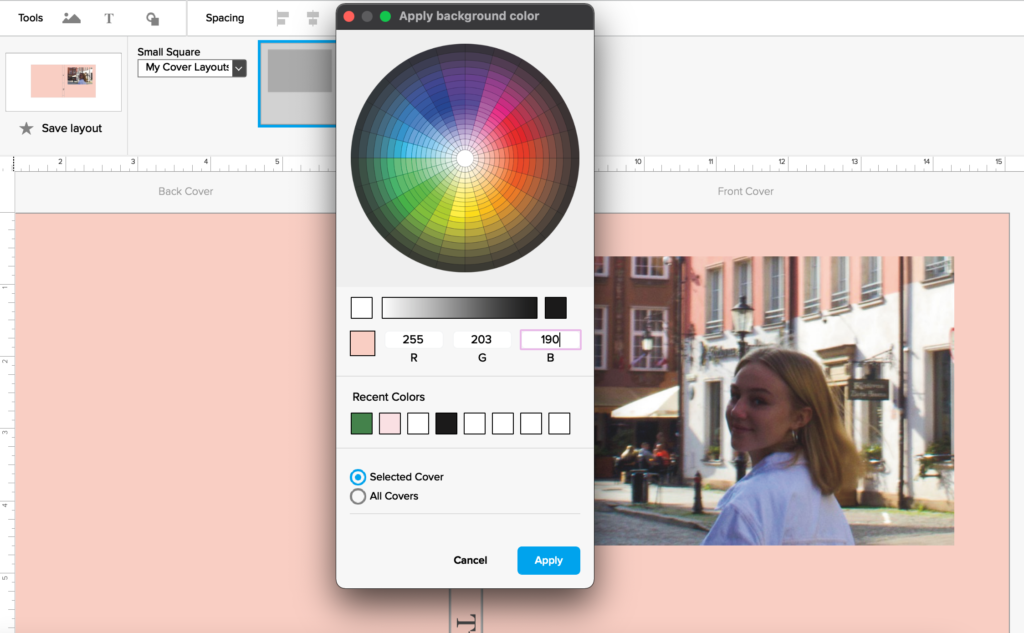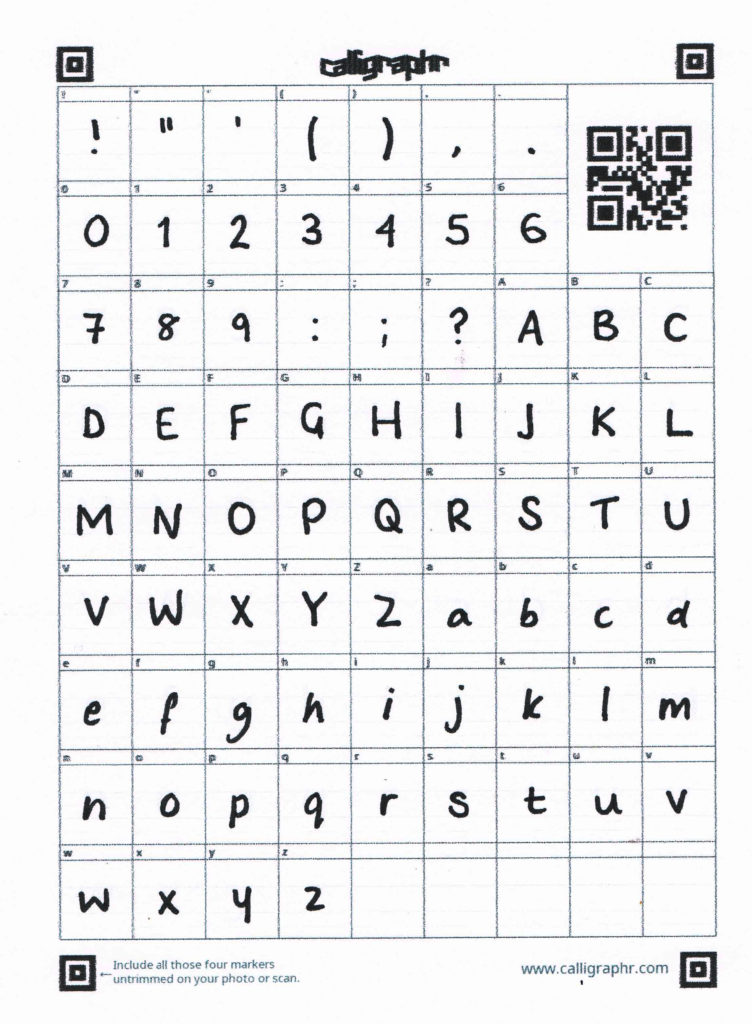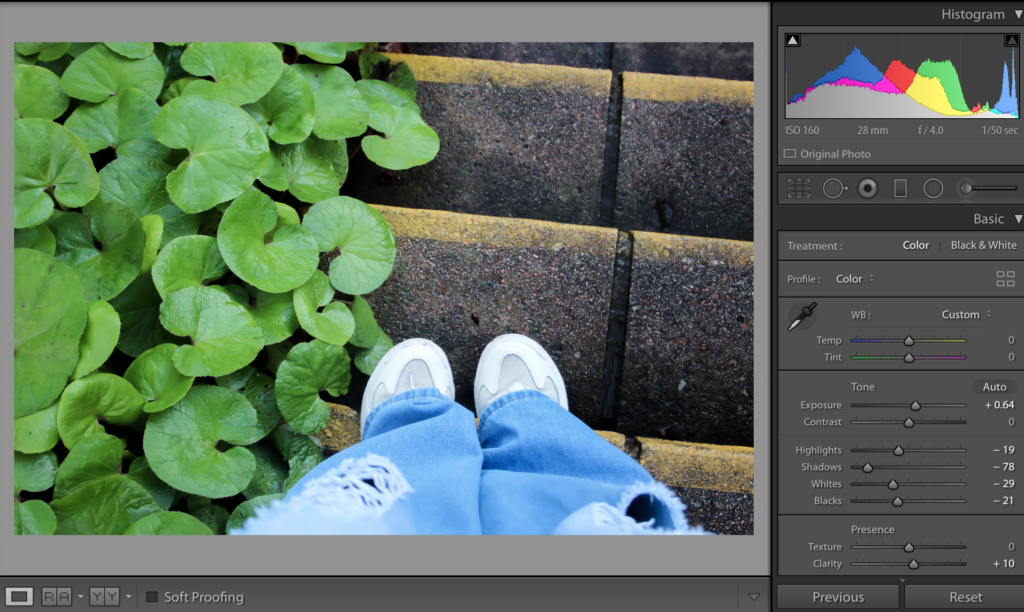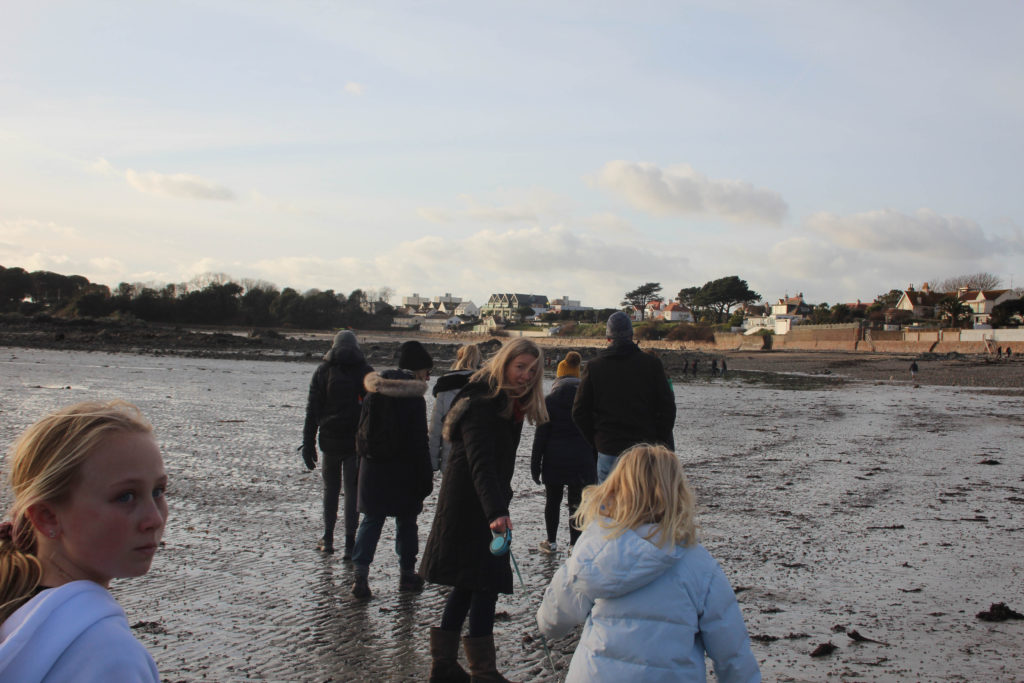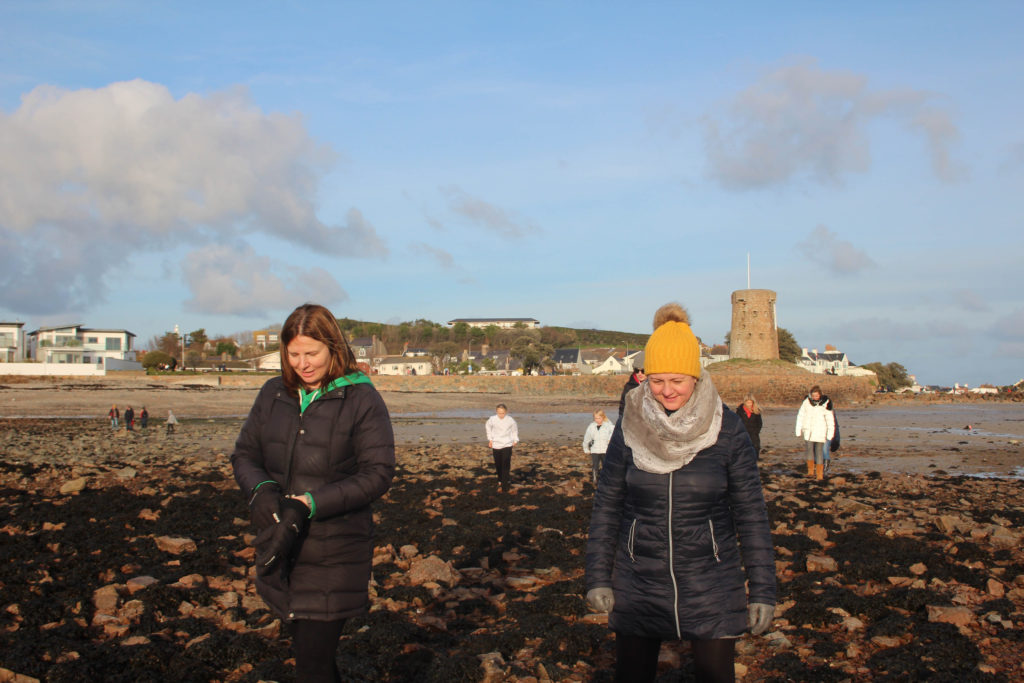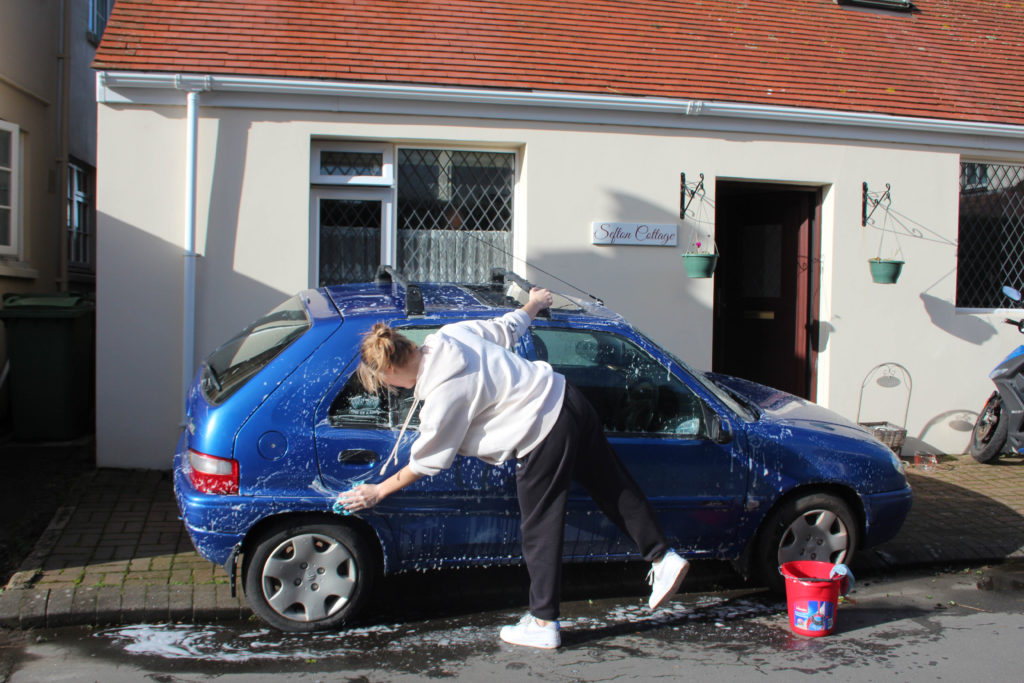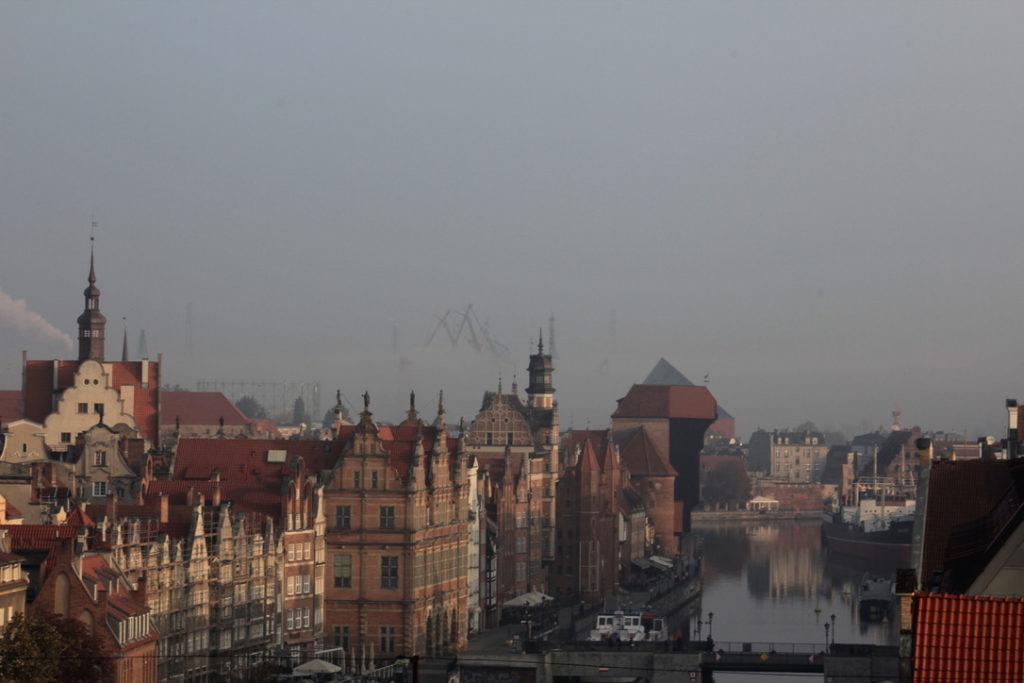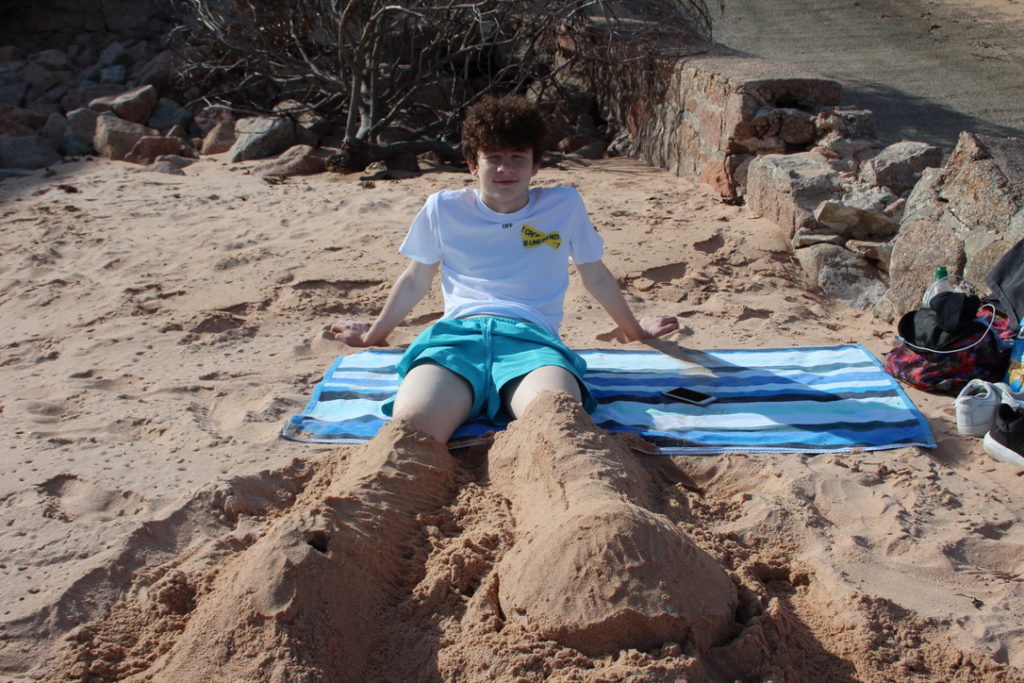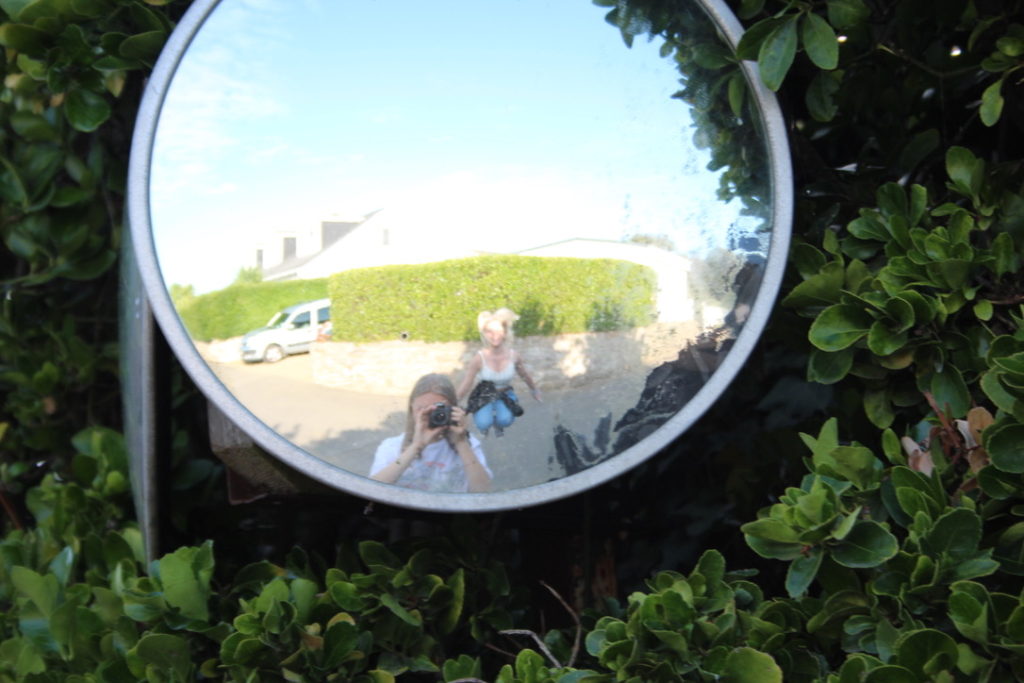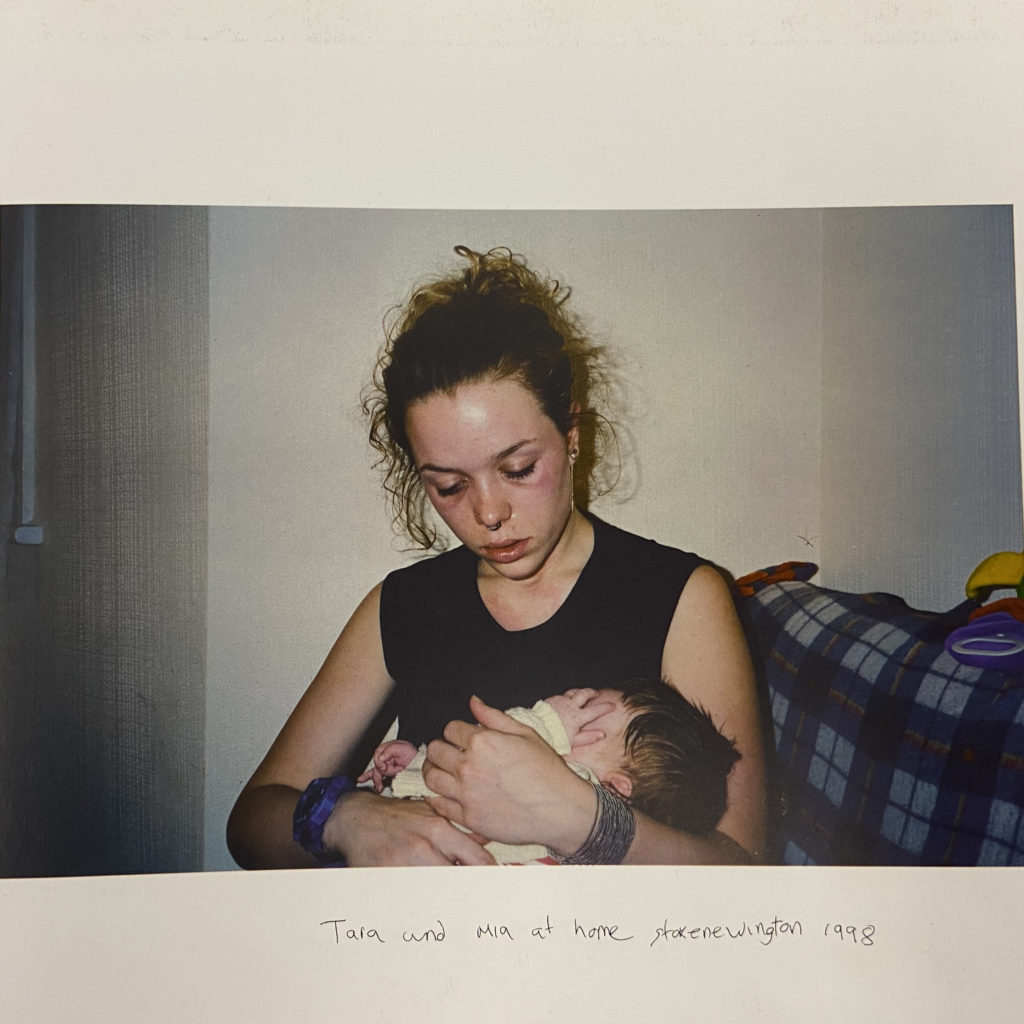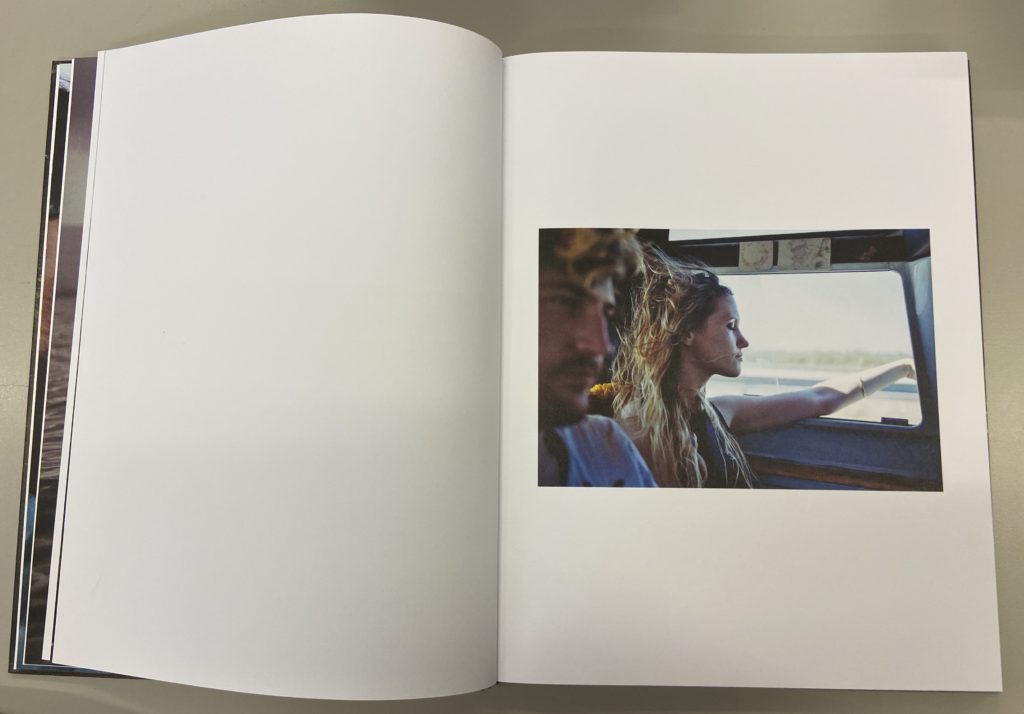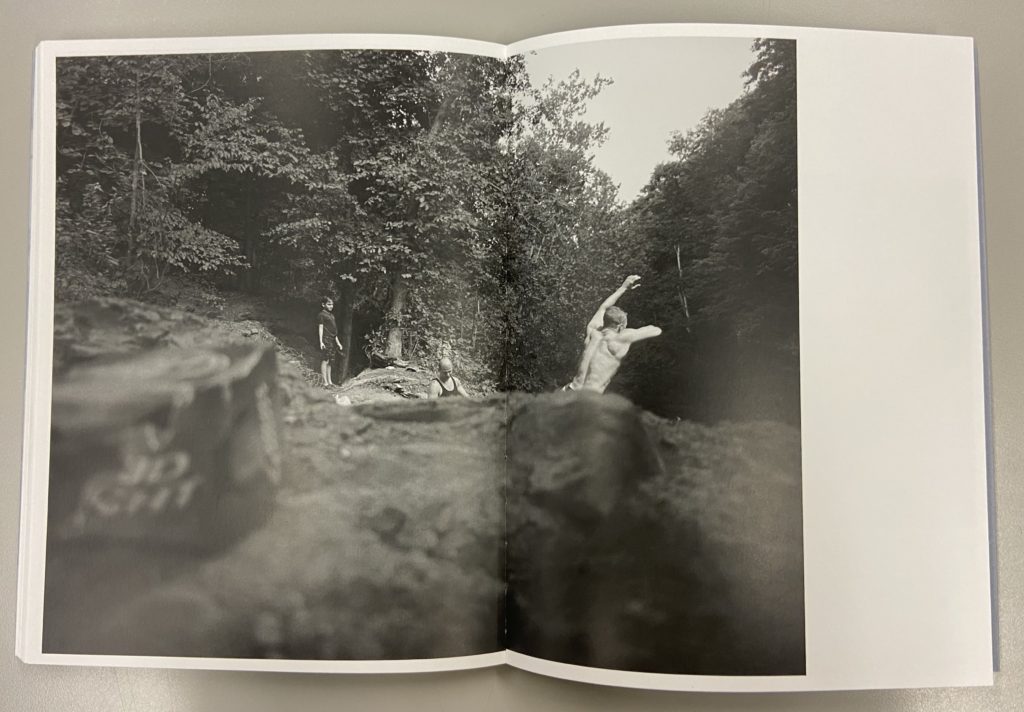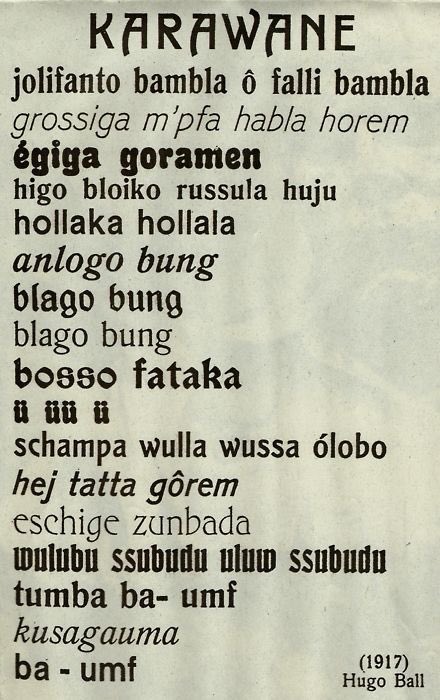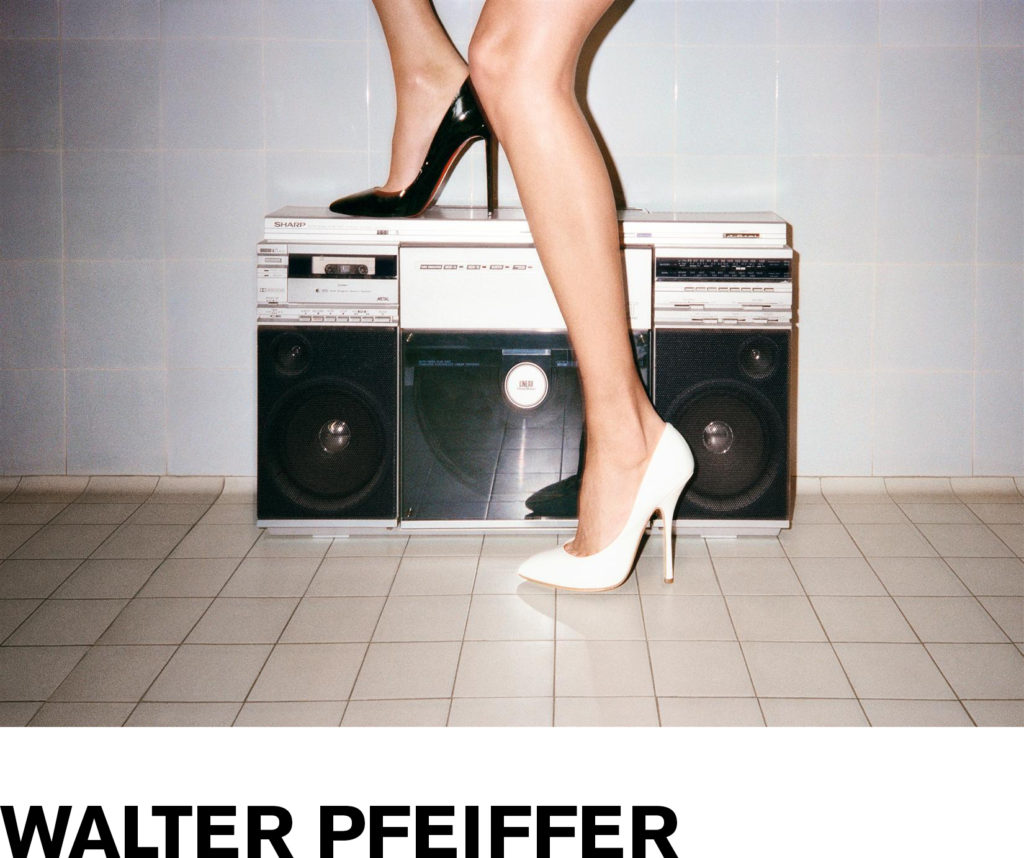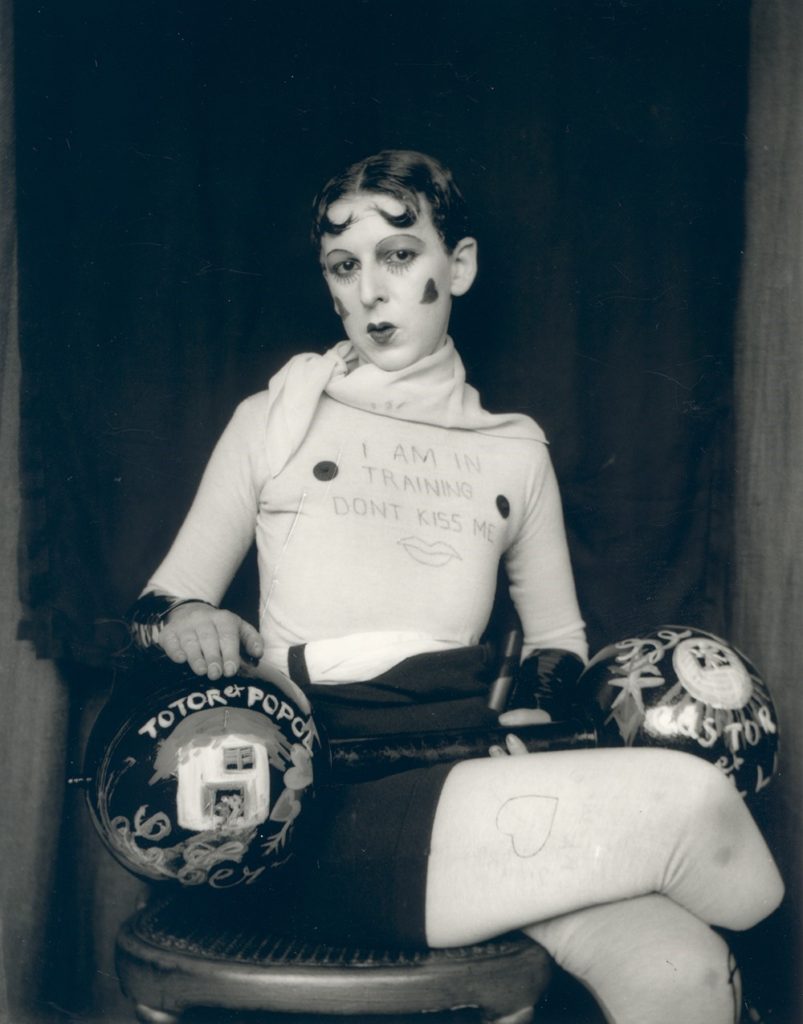HOW DO BOTH CORINNE DAY AND NAN GOLDIN CREATE A ‘DIRTY REALISM’ WITHIN THEIR PHOTOGRAPHY?
‘Dirty Realism is the fiction of a new generation of American authors. They write about the belly-side of contemporary life – a deserted husband, an unwed mother, a car thief, a pickpocket, a drug addict – but they write about it with a disturbing detachment, at times verging on comedy. Understated, ironic, sometimes savage, but insistently compassionate, these stories constitute a new voice in fiction.’ – Bill Buford.
The term ‘dirty realism’, coined by Bill Buford, formed the title of the Summer 1983 edition of the Granta magazine. Buford wrote an explanatory introduction at the beginning of Granta 8, to define this North American literary movement. This beautiful, honest movement not only spread through literature but through art and photography too. In 1986, Nan Goldin published ‘‘The Ballad of Sexual Dependency”, a deeply personal diary composed of 700 snapshot photographs, documenting her life. The protagonists of the book and the photographer herself are frozen within intimate moments of love, pain, ecstasy, sex, and drug use. The book itself is the definition of ‘Love and Rebellion’ and has deeply inspired me to create my own personal photo diary, including the people and things I love, but more importantly, focus on exploring the idea of dirty realism and intimacy in photography. A Photographer who, in the following decade, emerged in the grunge genre of photography is Corinne day; a highly skilled fashion photographer inspired by Nan Goldin. Corinne day created ‘diary’ a photographic book similar to The Ballad of Sexual Dependency. Both photographers use specific techniques in order to convey emotion and intimacy within their photos, techniques that I will uncover and analyze and use to lead my creative path. This category of photography really changed the way many photographers understood photography, and it strongly inspired later generations of photographers, including myself, to express very personal life experiences through an album of images.
DIRTY REALISM
The area of art that has particularly sparked my creative direction is an extremely honest side to reality. Dirty realism is ”a literary genre characterized by a spare, terse style that features struggling, working-class characters in sterile, bleak environments”. The writers of this subcategory of Realism, such as Angela Carter, Bobbie Ann Mason, Richard Ford, Tobias Wolff, seem to write about the more mundane aspects of life, the more ‘real’ aspects. As I explained earlier, the term ‘dirty realism’, was coined by Bill Buford and it formed the title of the Summer 1983 edition of the Granta magazine, which would define a new school of American writers and inspire the world of photography. After extensively researching this movement, I came across Charles Bukowski and Raymond Carver, the ‘Dirty Realism Duo’, credited as the fathers of the “Dirty Realism” genre during the 1980s. The duo’s intentions branched from the minimalism movement, a primarily American movement originating in New York City in the late 1960s. The movement was outlined by ‘the stripping of fiction down to the least amount of words and a concentration on the subject’s view of the object’.The characters inCharles Bukowski and Raymond Carver’s books are usually ordinary, everyday people – the lower or middle-class worker, the unemployed, the alcoholic, the addict, the beaten-down-by-life. Similar to the photography aspect of dirty realism, it was ‘characterized by extreme simplicity of form and a literal, objective approach. This approach was quickly introduced into the creative arts as a form of fashion photography, stemmed from the idea of being ‘real’, and incorporated movements like grunge, indie, and punk: ‘defiance of traditional norms and nihilism.’ photographers shot gritty and uncomfortable pictures during these fashion subcultures, involving over or undersized clothing.
NAN GOLDIN
Nan Goldin wrote “‘The Ballad of Sexual Dependency is the diary I let people read,’… ‘The diary is my form of control over my life. It allows me to obsessively record every detail. It enables me to remember.’”. This amazing photographer is extremely well known for her controversial yet earthy outlook on life itself, an outlook which to the vast majority of people, is undeniably true. Nancy Goldin was a part of that great number of people, whose lives entailed grief and chaos. Goldin talks about her family during her time growing up: ‘’My father, who was not always great with my mother, was critical…There was a lot of bickering going on, and I wished they’d get divorced most of my childhood.” She also explains that her mother was very possessive of her father at that time, who was more focused on his sons. A tragic moment is Nancy’s life is detailed in the introduction of The Ballad of Sexual Dependency. During the preface, she writes very honestly about the heartaching situation, and makes note so some of the political topics she explores withing her photoraphs; “I was eleven when my sister committed suicide,” and continues to write:
“This was in 1965, when teenage suicide was a taboo subject. I was very close to my sister and aware of some of the forces that led her to choose suicide. I saw the role that her sexuality and its repression played in her destruction. Because of the times, the early sixties, women who were angry and sexual were frightening, outside the range of acceptable behavior, beyond control. By the time she was eighteen, she saw that her only way to get out was to lie down on the tracks of the commuter train outside of Washington, D.C. It was an act of immense will.
In the week of mourning that followed, I was seduced by an older man. During this period of greatest pain and loss, I was simultaneously awakened to intense sexual excitement. In spite of the guilt I suffered, I was obsessed by my desire.”
Goldin, a famous American photographer in the dirty realism movement, regularly focussed on taboo subjects such as fetish, sex, homosexuality, drug addiction, and transvestism. Her most notable piece was composed of almost 700 snapshot-like images that produce a stunning and personal narrative of her life between the late 1970s, 1980s, around Boston, New York, Berlin, and more. During an interview in 1996, Goldin describes her meaning of snapshots: “People take them out of love, and they take them to remember – people, places, and times. They’re about creating a history by recording a history. And that’s exactly what my work is about.”The book itself was originally a film, and was developed with multiple live and improvised performances, while goldin flipped through the slides alongs with a beautiful soundtrack; from Maria Callas to The Velvet Underground. The Ballad of Sexual Dependency, released as a film in 1985, is presented in its original 35mm format, including photographs that also emerge as images in the slide show. Shortly after, during 1986, Nan released “The Ballad of Sexual Dependency” as a book. This was Goldin’s first book and remains her best known.

One well-known piece by her was a self-portrait of herself after being beaten by her husband: to ‘show her world without glamorization or glorification.’ This photograph in particular truly displays the mundane reality of life itself, the alcoholic, the abuser, the victim, etc. Some of her images could even need viewer discretion due to their exposing nature of abuse. The photographs themselves were often blurred or gritty, which created a very authentic and ‘everyday’ grunge and dirty shot. When Nan was a young adult, the controversies around gay rights and the ‘LGBTQ community’ were still up in the air and not completely accepted. This makes Goldin’s work that little more questionable.
CORINNE DAY
Corinne Day, a very similar artist to Nan Goldin, is the main inspiration for my project, the stunning photographer uses her photography to document her everyday life, displaying the intimacy and love in her circle of friends and family. Day was born in 1965, and was a self-taught fashion photographer who was one of the first to introduce a new documentary look to photography, a formation of both candid and intimate images. Corinne Day’s style of photography is often put in the ‘dirty realism’ genre. Corinne has always been a massive admirer of Nan Goldin’s work, and it clearly shows in her most known work “Corinne Day Diary”. In her autobiography she states: “I met Nan there and to my astonishment and delight Nan had been an admirer of my work since the early Kate photographs. I first discovered Nan’s work in New York in 1992 when I was there meeting with Barney’s department store. Ronnie Cook took me to a photography book store and the first book I picked up was The Ballad of Sexual Dependency. At this time I had no knowledge of art photography, only what I had seen in commercial magazines. I had already been conveying my own personal experiences through my photography in magazines. I wanted the ordinary person to see real life in those pages. I found Nan Goldin’s and Larry Clark’s work liberating and their work also validated the way I had started to take photographs myself.

Corinne Day has been the main inspiration for my project, the stunning photographer uses her photography to document her everyday life, displaying the intimacy and love in her circle of friends and family. Corinne Day’s style of photography is often put in the ‘dirty realism’ genre; “a literary genre characterised by a spare, terse style that features struggling, working-class characters in sterile, bleak environments”. Her images are ‘real’, and display immense personal events and emotions. Before Corinne passed away she created a beautiful and personal book called “Corinne Day Diary”. The title ‘Diary’ is a very important aspect of the book, it simply explains what the book itself is; a diary of Corinne Day. The title of the book is written in what seems like Corinne’s handwriting, underneath a photograph of Tara’s face. Tara also seems to be a main character in Corinne’s life, a very close friend, and an important figure. Even though the photographer of the book is Corinne Day, there are images of herself which may have been taken by Tara (one of the main faces in the diary). One can only assume that Corinne made the photographic diary to remember all of the events in her life, but I think it was also to produce photographs in a ‘grunge’ and ‘dirty realistic’ style. I think the book was really for herself before she passed following the diagnosis of a brain tumour in 1996, but also for her close friends and family, hence the book name ‘diary’. “The series draws comparison with artists such as Nan Goldin and Larry Clark, who also live what they photograph. Like them, Day is curious about people who pursue experiences beyond the norm.”
Diary is cold and melancholy, it archives young lives with uncompromising realism in the form of photographs, so we as the viewers feel encompassed in the visual and not just the worded description. The books genre is clearly dirty realism and Grunge. At other times, the photos are joyful and celebrate friendship. Day clearly shares her life with the lives of her close friends, and decides to share experiences like hospitalisation, partying, drugs. Clearly, her best friend Tara is a main character in the diary, we follow her though partying, sexual liaisons, illness and finally, motherhood. However, whether in the photograph or not, she is always emotionally present in her photographs. In the image above, one of Corinne’s friends, Tara is seen crying at home, told by the caption below the image. What makes the book even more authentic is her handwriting that accompanies each image, describing a short story that will only be memorable to her.
I have been lucky enough to see the book and feel it by hand. There are many different things about the book that have inspired me, but also made the book personal and authentic. The images are all placed in the same orientation on each page, and there is one photograph per page, as well as this, there are no double page spreads, but rather only one image to represent an event. Some photos aren’t of people, but they are aesthetically pleasing. There are no fold- outs or inserts in the book either, this makes the book very uniform and organised, a juxtaposition to the crazy, frantic life Corinne was having in the photos. A narrative is constructed by the captions under each image, even though the images are not in chronological order. The captions are short and seem to be written in Corinne’s handwriting, making it very personal. She tells a story through jumbled photographs, however the captions seem to make sense, and really feel like a diary. What I really enjoy about Corinne’s book, is that all the images are ‘real’ there is no acting or posing, all the images are taken freely, as if they are core memories in Corinne’s mind. This is what really makes Corinne Day part of the Dirty realism genre of photography.
When comparing Corinne day and Nan Golding, There are very clear similarities between the two people, and the books they’ve created. Within their images they clearly perform to the qualities of the Dirty realism genre with how they show their hectic and honest lives through their images. Their personal and raw captions and images really do make it seem like the viewer is looking through the photographer’s diary. The editing processes both artists make truly display how the atmosphere and characters were feeling, whether the photographer was crying in hospital or had been beaten by their husband. I have truly taken inspiration from these beautiful dairies.
BIBLIOGRAPHY
- https://www.corinneday.co.uk/autobiography/
- om/artists/nan-goldin/
- https://www.tate.org.uk/art/artists/nan-goldin-2649
- https://www.moma.org/artists/7532
- https://www.mariangoodman.com/artists/44-nan-goldin/
- https://thephotographersgallery.org.uk/whats-on/exhibition/corinne-day-diary
- https://www.npg.org.uk/collections/search/person/mp88351/corinne-day


